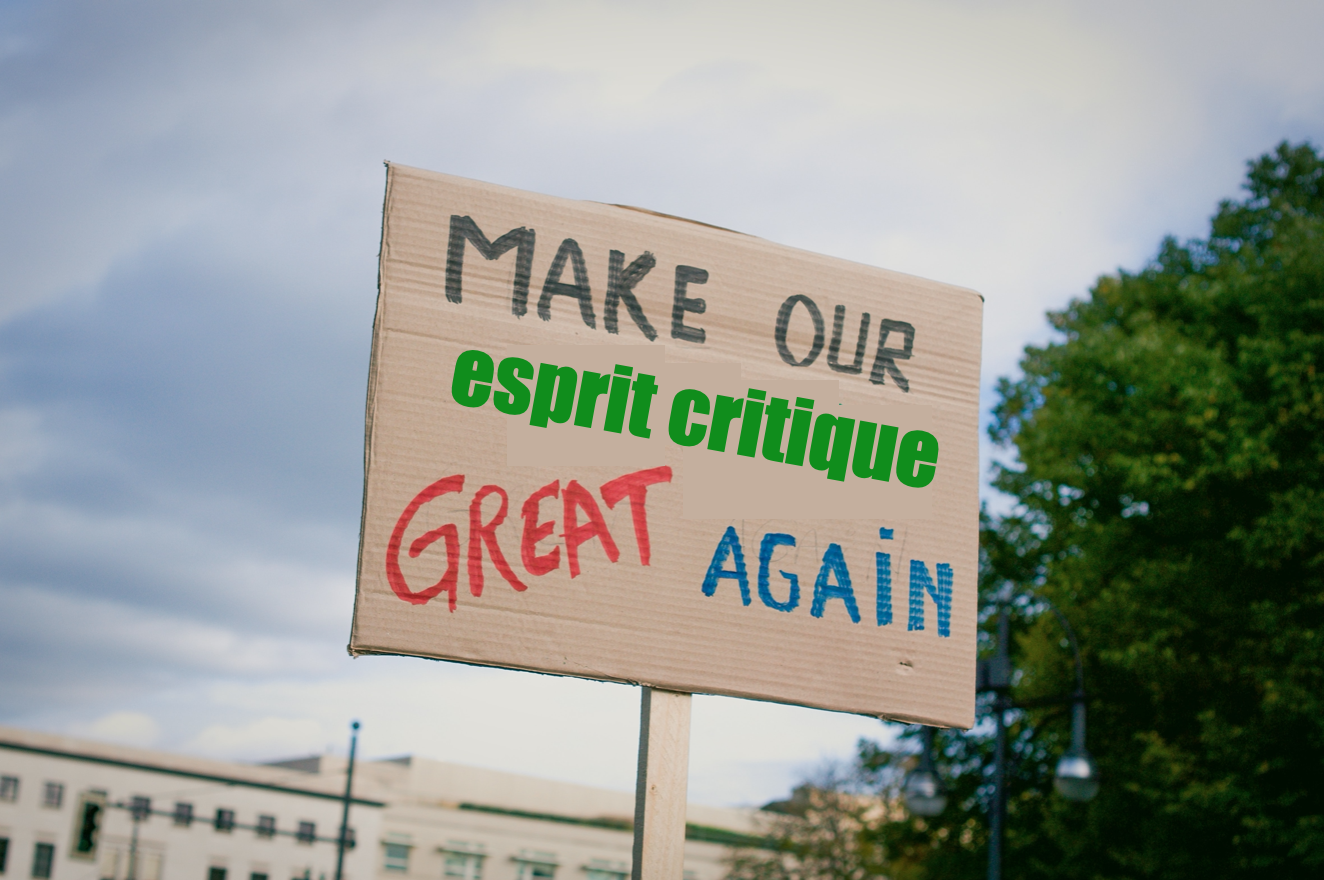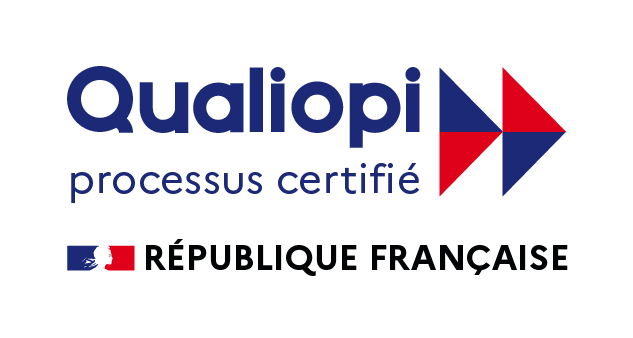Time: 7 minutes
In these times of French municipal elections and Democratic primaries in the USA, how about talking about fake news and your potential to be manipulated?
Let’s recall the Facebook – Cambridge Analytica scandal in the context of Trump’s election as President of the United States in 2016. As early as 2014, several political figures in Trump’s entourage called on Cambridge Analytica, a strategic publishing company, with the aim of influencing voting intentions. In all, nearly 87 million Facebook users had their personal data exploited without their knowledge. Cambridge Analytica’s strategy? Recover users’ personal data, without their consent, from what they liked on Facebook, as well as from a personality questionnaire devised by the company, enabling a psychological profile to be traced. Cambridge Analytica then identified and targeted undecided voters by analyzing their personal data and massively disseminated fake news to them, tipping the vote of millions of citizens. Without Cambridge Analytica, Trump would not have been elected. But it’s not just about the US election. Cambridge Analytica would also have had a role to play in the Brexit, as well as in the recent elections in Brazil (election of Jair Bolsonaro), Kenya (election of Uhuru Kenyatta), Indonesia, Malaysia and so many others.
How can so many people allow themselves to be influenced by fake news? How does this mass manipulation work? It’s all part of a well-oiled trick we’re going to call :

STEP 1: ILLEGALLY RETRIEVE PERSONAL DATA
Rely on Facebook (or any other company that doesn’t have a privacy policy that respects its users) to help you illegally retrieve personal data.
STEP 2: IDENTIFY AND CLASSIFY PSYCHOLOGICAL PROFILES
From the personal data recovered, identify different psychological profiles and classify people into these profiles. Cambridge Analytica used the BIG 5 personality model for this step. Then, identify the persuasive levers and motivations of each profile. From there, you can start to see what the big triggers are that will or won’t work for these people. Cambridge Analytica had created a category they called “The Persuadables” i.e. “The Influencables”. This category meant that people in it could be easily convinced or dissuaded from doing something.
STEP 3: GET TO THE HEART OF YOUR EMOTIONS
Don’t look for a complex message or sound reasoning. Start with emotions and make very basic associations. Exploit the vulnerabilities identified in step 2 to tailor your message to their profile. By doing so, you create stronger engagement. Cambridge Analytica had identified 32 psychological profiles and therefore had 32 different message tones. For example, for profiles high on the scale from neuroticism to the Big 5, messages/intoxes were based on fear, while for profiles high on openness and extraversion, they sent messages of hope. Their messages had an impact because they appealed to emotions that resonated deeply with the target audience.
STEP 4: BETWEEN THE CROWD EFFECT
This step is crucial if all your hard work in the previous steps is to pay off. And luckily, it requires no effort on your part. All you have to do is let Man do what he’s been doing since the beginning of his existence: connecting with others. Through a cognitive confirmation bias, your targets will go out and talk to those around them, seeking to confirm their way of thinking rather than question it. This bias encourages them to continue believing a piece of information despite proof that it’s false. Your targets will therefore communicate to others a message based on emotions, touching them in turn at their very core. Emotions and beliefs spread as quickly as a microbe in a crowd, and the advent of social networks has accelerated this phenomenon even further.
STEP 5: DON’T BE AFRAID TO RAMBLE
Repetition of the main subjects is the first condition of good propaganda. Information must be asserted and repeated without fail, despite the obvious facts that what you’re saying is wrong. Repetition of certain formulations leads to acceptance of the idea regardless of any verification. This stage involves the truth illusion effect, which refers to the phenomenon that the more we are exposed to certain information, the more likely we are to believe it. Repetition combined with the crowd effect of step 4 will create a current of opinion.
STEP 6: LET THE MEMORY TAKE ITS COURSE
Even when misinformation is subsequently corrected, it leaves its mark on public opinion and will influence behavior. Once a piece of information has become deeply entrenched in people’s memories because it has aroused strong emotions, it is very difficult to dislodge it.
The memory acts like a sponge, absorbing false information and transforming it into true information. This makes it difficult to exercise effective critical judgment when constantly confronted with fake news. And Cambridge Analytica understood this.
As you can see throughout these steps, fake news and all the work of companies like Cambridge Analytica, don’t have the direct aim of modifying your behavior. Their processes aim to control and influence you through your biases. And then, given enough time, the desired behavior emerges.
Does this trick ring a bell? Probably, because it’s the one used by the greatest dictators in history to manipulate and indoctrinate crowds. Whether the trick takes the form of a moustache or a telephone screen, the method has remained the same for decades, and the effects are as devastating as ever.
Author: Anaïs Roux

